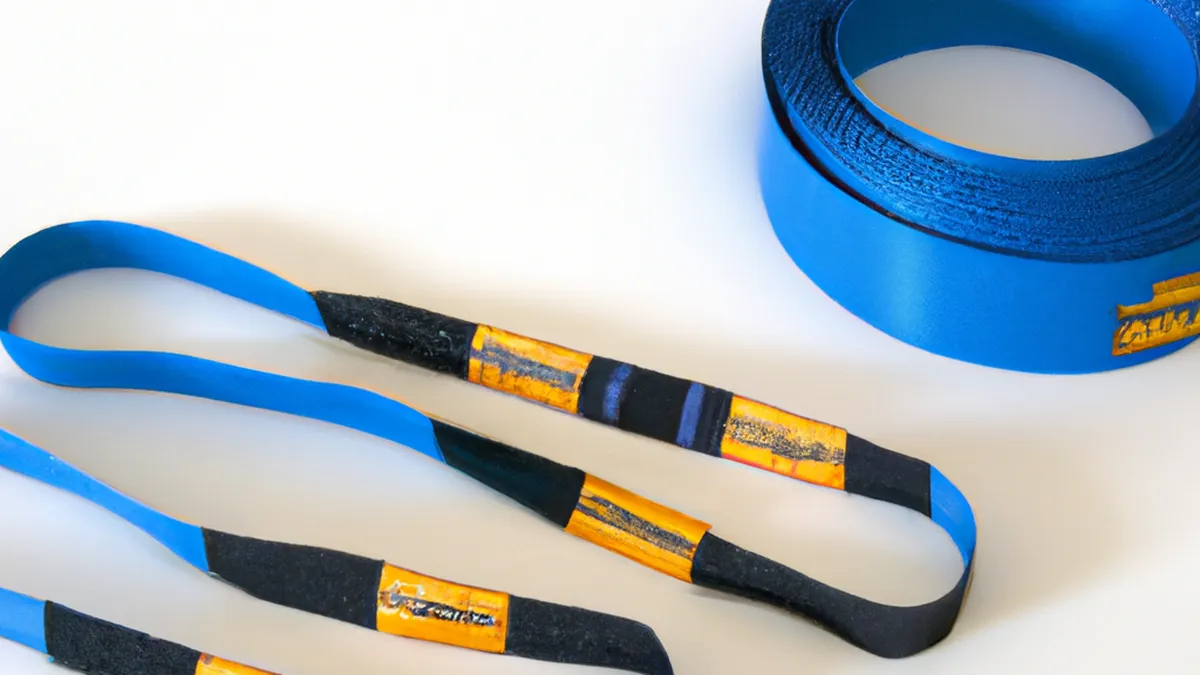Functionally Fit: Resistance Bands for Legs
How to Use Resistance Bands for Effective Lower Body Strengthening
Resistance bands enhance lower body strength effectively. They offer cost-effective, portable, and easy-to-use options for all fitness levels. With just a few bands, you can target key lower body muscle groups. This guide explains how to use resistance bands for effective workouts.
Why Use Resistance Bands?
Variable Resistance
Resistance bands provide variable resistance throughout movements. Unlike free weights, bands increase tension as you stretch them. This engages your muscles more effectively during the entire range of motion. This feature helps improve muscle strength and coordination.
Joint-Friendly Workouts
Resistance bands protect your joints during workouts. They reduce impact while still delivering an effective exercise routine. This makes them perfect for beginners and individuals recovering from injuries. The bands allow for controlled movements, reducing injury risks associated with heavy weights.
Portability and Convenience
Resistance bands offer great portability. They are lightweight and require minimal space, making exercises possible anywhere—at home, in parks, or while traveling. This convenience helps you maintain your fitness routine without needing a gym or expensive equipment.
Essential Exercises for the Lower Body
Incorporate resistance bands into your lower body workouts for impressive results. Here are essential exercises to try:
1. Squats with Resistance Bands
**How to Perform:**
– Stand with feet shoulder-width apart and place the band above your knees.
– Engage your core and squat as if sitting back into a chair. Keep your knees aligned with your toes.
– Push through your heels to return to standing.
**Benefits:**
This exercise targets your glutes and quadriceps, building lower body strength and stability.
2. Lateral Band Walks
**How to Perform:**
– Place the band around your ankles and stand with feet hip-width apart.
– Step sideways with your right foot while maintaining tension in the band. Follow with your left foot to return.
– Continue stepping sideways for 10-15 steps, then switch sides.
**Benefits:**
Lateral band walks strengthen hip abductors and improve lateral movement, crucial for athletic performance and overall stability.
3. Glute Bridges
**How to Perform:**
– Lie on your back with knees bent and feet flat on the floor, hip-width apart.
– Position the band across your hips, anchoring it under your feet.
– Lift your hips toward the ceiling while squeezing your glutes at the top.
Conclusion
Resistance bands offer effective lower body workouts. They provide variable resistance, protect joints, and ensure portability. Incorporate essential exercises for impressive strength gains.
Below are related products based on this post:
FAQ
What are the benefits of using resistance bands for lower body workouts?
Resistance bands provide variable resistance, which helps engage muscles throughout the entire range of motion, improving strength and coordination. They are also joint-friendly, reducing impact during workouts, making them ideal for beginners and those recovering from injuries. Additionally, their portability allows you to exercise anywhere without needing a gym or bulky equipment.
Can resistance bands replace free weights for lower body training?
While resistance bands offer effective lower body workouts and can complement free weights, they may not completely replace them for everyone. Bands provide variable resistance and are great for functional movements, but free weights might be more suitable for those looking to lift heavier loads. It ultimately depends on your fitness goals and preferences.
What are some essential exercises to do with resistance bands for lower body strength?
Some essential exercises include squats with resistance bands, lateral band walks, and glute bridges. These exercises target key muscle groups like the glutes and quadriceps, strengthen hip abductors, and improve overall stability and strength in the lower body.















Post Comment